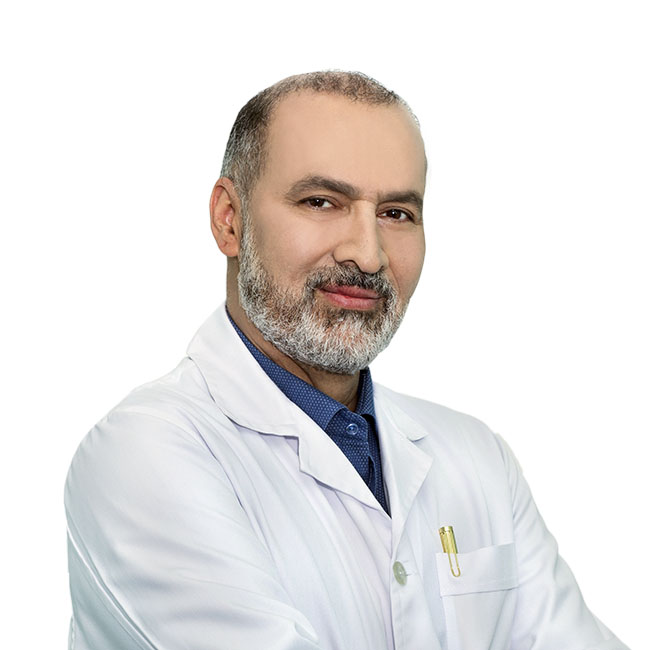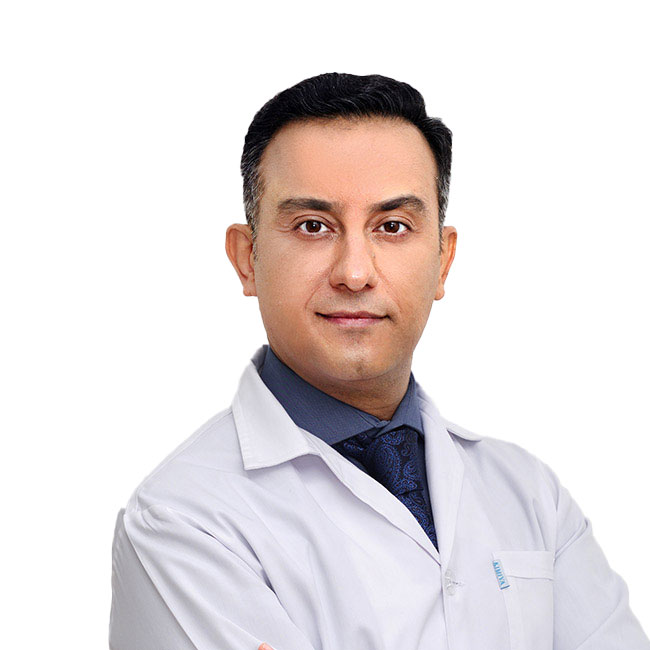Facial Fat Transfer
Facial fat transfer, also known as facial fat grafting, is a natural and non-invasive approach to restore a youthful appearance to the face. This innovative method involves extracting unwanted fat from specific areas of the body and then purifying the healthy and undamaged fat cells along with other fluids. The purified fat is subsequently injected into facial regions that display signs of aging.
The benefits of facial fat grafting are manifold. The most significant advantage is the natural-looking results it offers, particularly when performed by a skilled plastic surgeon. Unlike synthetic gels, facial fat grafting employs autologous fat transfer, reducing the risk of infection or rejection by the body as a foreign substance.
Additionally, facial fat grafting allows for contouring other areas of the body where excess fat accumulates due to hormonal imbalances and decreased metabolism. However, adequate fat availability is necessary for this procedure, and patients should consult their doctor to determine suitability.
Another remarkable advantage of analog fat transfer is the absence of a recovery period. Patients can typically resume their daily activities on the same day of treatment, even after extensive facial areas like cheeks are treated. This stands in contrast to invasive methods such as facial implants, which entail a recovery period of one to two weeks. However, patients are advised to avoid intense physical activities for a few days post-treatment to ensure proper fat placement. Sleeping on the back is recommended during this period to maintain the desired results.
Facial fat grafting delivers long-term and durable outcomes. While it takes around six months for the transplanted healthy fat cells to establish a blood supply and become permanent, the results are enduring as long as body weight is adequately maintained. Extra fat may be injected initially as some of the transferred fat might not last. However, at the end of six months, patients should have achieved their desired results, and the injected fat settles into its proper place, becoming permanent.
Determining eligibility for autologous facial fat grafting involves several considerations. General health must be good, and no active infections should be present at the fat harvesting or injection sites. Those on anti-clotting or anti-platelet medications due to specific blood disorders may not be suitable candidates. Having adequate fat for transfer from other body areas, realistic expectations about treatment outcomes, and a commitment to healthy lifestyle choices are also essential criteria.
During the recovery phase, facial immobility is recommended, and vigorous exercise should be avoided. Touching or massaging the treated areas in the first seven days post-treatment should be refrained from, allowing the transplanted fat tissue to settle effectively. Prescribed antibiotics should be taken, and sun exposure should be limited. Sleeping on the back is advised during the initial week to maintain optimal fat placement.
Candidates for autologous facial fat grafting are advised to refrain from smoking, as nicotine constricts blood vessels, making the skin look older and delaying healing. To promote successful outcomes, nicotine consumption should be avoided for two weeks after the treatment.



